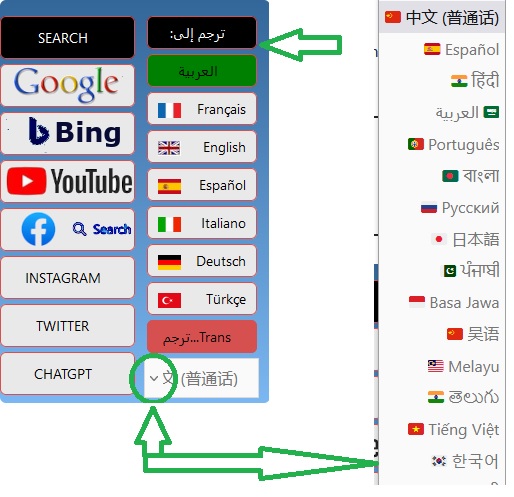
Opt for our innovative Arabic keyboard to take advantage of a two-way translation service, both from Arabic to French and from French to Arabic, thanks to the integration of Google Translate. Our Arabic keyboard is not limited to these two languages but also allows translation into over 20 other languages, including English, Spanish, Italian, Russian, Turkish, and many more. In terms of ease of use and efficiency, our translator integrated into the Arabic keyboard stands out as the preferred tool.
Unraveling the Complexities: Arabic to English Translation Using Google Translate
In the realm of language translation, Google Translate has played a pivotal role in bridging linguistic gaps. The platform’s ability to translate between Arabic and English, two linguistically distinct languages, is particularly impressive, albeit not without its own challenges and limitations.
Arabic, a Semitic language, is fundamentally different from English, an Indo-European language, in terms of script, syntax, and semantic structure. Arabic is written from right to left, has a complex system of verb conjugation, and often employs context-specific meanings that can be a challenge for machine translation systems. On the other hand, English, written from left to right, has a more straightforward syntax but a complicated spelling system.
Google Translate utilizes a technology called Neural Machine Translation (NMT), which considers the context of the whole sentence rather than translating individual words. This technology has greatly improved the accuracy of Arabic-English translations. However, there are still some challenges.
One of the main challenges is the difference in sentence structure between Arabic and English. Arabic is a VSO (verb-subject-object) language, while English is a SVO (subject-verb-object) language. This can result in Google Translate occasionally producing awkward or incorrect translations.
Another significant challenge is the morphological richness of Arabic. Arabic words can have different meanings based on subtle changes in form, which may not have direct equivalents in English. This can lead to some translation inaccuracies.
Despite these challenges, Google Translate has been a game-changer, allowing millions of people to understand and communicate in languages they might not have otherwise been able to. For simple translations and a basic understanding of Arabic or English text, Google Translate is a valuable tool. However, for more complex translations or those requiring cultural nuances, professional human translation is still recommended.
As Google continues to refine and develop its NMT technology, the accuracy of Arabic-English translations is likely to improve. Google’s Translate service, while not perfect, has undeniably made cross-linguistic communication much more accessible. It is an invaluable tool in our increasingly interconnected world.